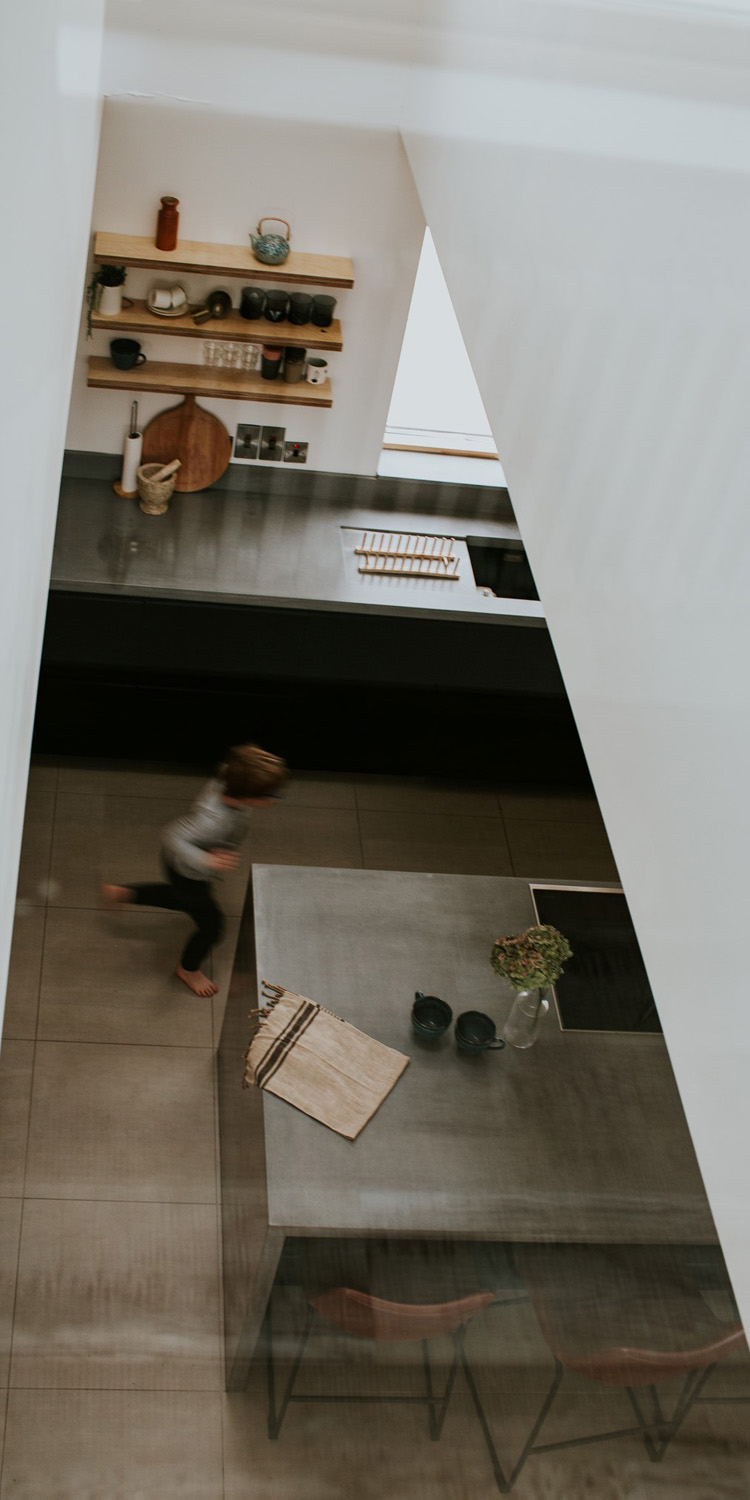WHY BUILD A PASSIVE HOUSE?
PASSIVE HOUSE BENEFITS
Why build a Passive House?
There are many benefits to you, your health, and the health of your house when deciding to build a PassivHaus.
Passive Houses are built to exacting standards and go through a rigorous design process to ensure your home is healthy, thermally comfortable, & energy efficient, resulting in a more pleasant living environment as well as reducing your living costs. A Passive House will also lower your operational carbon emissions, so better for the environment. The main benefits you you are:
Health
Passive Houses have a constant stream of fresh, heated, filtered air; avoiding a build-up of toxic gases, smells, virus and bacteria in the air.
To reduce draughts, and increase thermal efficiency we make Passive Houses airtight. Once we make a building airtight, we then need to introduce a constant stream of fresh, heated air. In a Passive House, this is done via Mechanical Ventilation Heat Recovery system (MVHR). As we all know, fresh air is essential for our health, and the quality of the health of occupiers. The MVHR removes harmful gases, odours, and reduces the chance of mould growth.
The fresh air is heated and filtered; essentially healthier than the outside air!
Opening windows for additional ventilation, sounds of the birds, a fresh breeze is a bonus (and you are more likely to do this if your heating costs are low).
Less over heating
Passive houses are designed to be thermally stable, and therefore comfortable, all year-round: between 20°C – 25°C with a max of 10% overheating. With global warming, this is becoming a bigger issue for non-passive houses.
Thermal Comfort
Traditional buildings are often heated with high-temperature heating systems (e.g. radiators at 70°C). This causes warmer and cooler spots within a room (think of standing in front of a fire, which is too warm, then moving across the room, which is too cold). It can be difficult in these circumstances, to feel thermally comfortable.
With a passive house the heat is more stable, with less temperature fluctuations and an even temperature throughout the room & house.
With excellent airtightness, there will be no draughts, which makes us feel cold even when the room is otherwise warm. Most houses are built, getting an airtightness test of between 3-10m3/hm3, and this can be equivalent to having a few windows open all year round.
Reduces Harmful Gases
Studies on passive houses show there are less harmful gases present in a passive house compared to houses in a similar area.
Quiet
Due to the build quality of a passive house, often the first thing most people notice when they walk into a Passive House building is the peace and quiet. Good for sleeping, watching TV, or just relaxing.
Little to no Dust
With an active filtered ventilation system, a lot of the dust is removed in the ventilation system. Good for those with allergies!
No Unwanted Moisture or Odours
Passive House ventilation systems extract moisture and odours from kitchens and bathrooms and exhaust them to the outside, whilst constantly supplying filtered fresh air into the building. This also helps prevent mould growth – which can have an adverse impact on our health.
Predictable Performance
In most other building standards i.e. building control regulations, there is often a noticeable “Performance Gap”, between designed energy usage and actual performance once occupied. This is because when designing a passive house every aspect of energy consumption is taken into account, and there is a rigorous quality control during the construction phase.
The rigorous quality control system throughout the design and construction phases of a Passive House means the build quality should equal the design quality. Therefore actual energy use should be the same as the designed energy usage.
Cost effective to operate
Passive House buildings have lower running costs than traditional houses. The annual space heating demand is 4-8 times lower than a standard new build.
Whilst the construction cost of Passive Houses is usually a bit higher than non-passive houses, the added upfront construction costs can be offset by savings in running costs.

